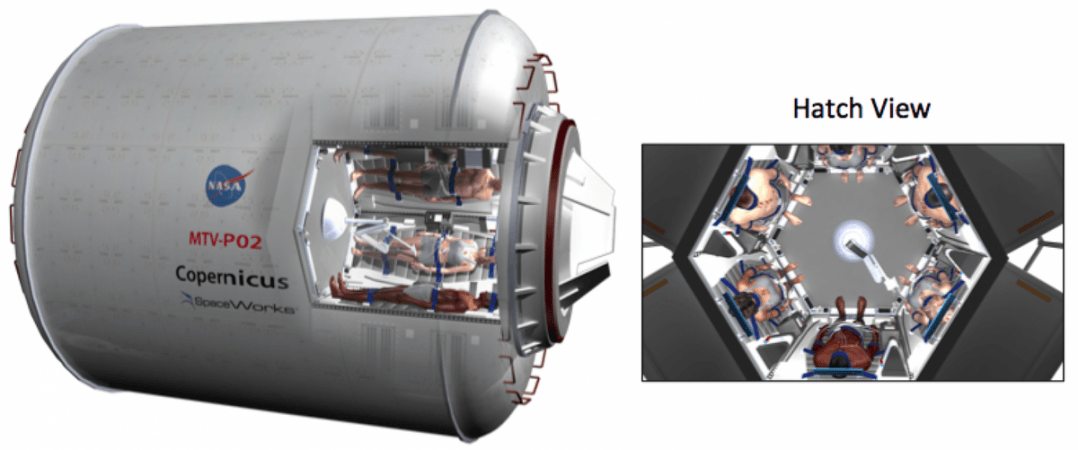
There are two key issues when planning for a prolonged manned mission in space: Room for the crew and how to keep them fit. Let's take for example, a manned mission to Mars, which will take anywhere between 150 and 300 days depending on the speed of the spacecraft.
Finding room on board the spacecraft to store food and water to keep, say, 10 crew members healthy, not to mention the exercise equipment to keep them fit and prevent muscle and bone degradation, is a challenge.
Longer trips to say Europa, Titan or even the Outer Oort cloud will almost certainly require some form of suspended animation, in the form of hibernation or cryostasis deep sleep chambers. NASA has already realised the challenge and is now one step closer to solving it.
Also Read: Milky Way Galaxy's mass is recalculated using a new technique, and boy is it big!
NASA is now experimenting with induced hypothermia (a condition in which the body temperature drops below safe limits). Hypothermia leads to torpor, a state of mental or physical inactivity. This is seen to be a form of hibernation (though not the kind seen in bears, etc) and would allow space-farers to sleep through a majority of the journey.
In an ideal situation the crew would go into hibernation soon after the journey commences and wake a few days before it ends. For longer trips, however, there have been suggestions that hibernation may have to be carried out in shifts.
While hibernation (or cryosleep, or cryostasis) in chambers has been the norm in most science-fiction movies (most recently the Chris Pratt-Jennifer Lawrence-starrer, Passengers) in reality it has been far harder to achieve with any degree of safety.
Now, a device called RhinoChill will use invasive tubes and insert a cooling liquid into a human through the nose and into the base of the brain.
"We have completed the initial evaluation of our concept which demonstrated significant benefits against non-torpor Mars mission approaches and established the medical plausibility of torpor. We have expanded our team and put together a development plan that we are in the process of executing. While the longer term goal of enabling access to Mars is our ultimate objective, we have a number of near-term, commercial applications for this technology that we will develop along the way," said Dr Bradford, President of SpaceWorks Enterprises Inc. was quoted as saying in Universe Today.
SpaceWorks, an Atlanta-based aerospace company, which teamed up with NASA, is looking into safe ways to put humans into hibernation.
Related









!['Had denied Housefull franchise as they wanted me to wear a bikini': Tia Bajpai on turning down bold scripts [Exclusive]](https://data1.ibtimes.co.in/en/full/806605/had-denied-housefull-franchise-they-wanted-me-wear-bikini-tia-bajpai-turning-down-bold.png?w=220&h=138)



